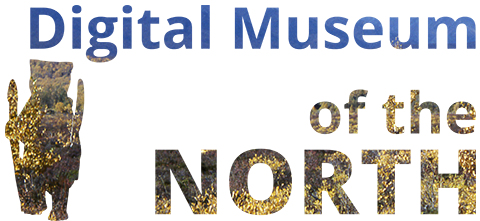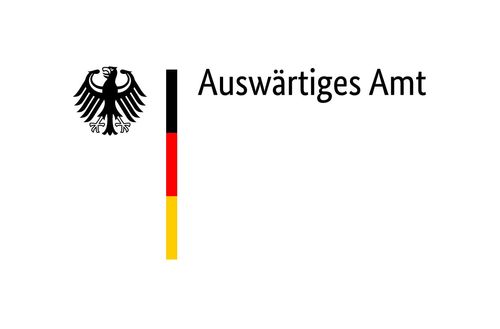Musée d‘ethnographie de l‘Université de Bordeaux
Egor Egorovich Stepanov explains the use and crafting of a kumys drinking vessel
“Since ancient times, the choroon has been used at celebrations, particularly during the kumys-drinking ritual (kumys being a fermented mare’s milk) held as part of the Ysyakh festival. Both in the past and today, the choroon is traditionally made from birch wood. It typically has three legs, so that it can stand firmly on any surface — whether uneven, sloped, or rough. This allows celebrants to sit anywhere outdoors and place their three-legged choroon securely beside them. There are also čoroon vessels with a single leg. These are used for passing from hand to hand during the kumys-drinking ritual until the vessel is empty. When it is finished, the vessel is turned upside down and placed on its top. The supports (legs) of the vessel are shaped to resemble horse legs, which is fitting — since this is a vessel used for drinking fermented mare’s milk.
Our ancestors surely used these choroon drinking vessels for centuries. Many examples from the 17th and 18th centuries have been preserved in museums both in our country and abroad. Today’s choroon craftsmen study these old vessels in museums and strive to maintain the tradition, crafting them in the same way as in earlier times. We artisans are very glad that we have access to these sources. We still work by hand, even though electric tools are now available. For example, to hollow out the inside of a choroon, we use a special tool called a liet-axe — one with a short handle for small vessels, and a longer handle for larger ones.”
Recorded in Yakutsk, 2024.



